UK Government Help Superfast Broadband Reach 4 Million Extra Premises
The Government’s Broadband Delivery UK (BDUK) programme, which is supported by £1.6bn of public investment, has released its latest progress update and confirmed that 4,021,047 additional premises can now access a “superfast broadband” (24Mbps+) service and there’s more to come.
As it stands most of the original Phase One BDUK contracts with BT, which are assisting via the expanded roll-out of their hybrid fibre FTTC (up to 80Mbps) and some pure fibre optic FTTP (330Mbps) broadband networks, have now completed. Overall it’s estimated that a shade over 91% of the United Kingdom can today order a superfast connection, if so desired.
Advertisement
We should point out that, prior to BDUK, the commercial market had already enabled operators like BT and Virgin Media to expand the reach of superfast connectivity to around 70% of the UK. However they were slow or unwilling to invest in upgrading the final 30% (i.e. too expensive) and so the state aid fuelled BDUK project was born.
Latest Progress Report
Take note that the “premises passed” figure used below only reflects those able to order superfast speeds of greater than 24 Megabits per second thanks to the BDUK project. Sadly the Government do not provide an additional column for showing the overall premises passed total, which would ideally also include those premises receiving sub-24Mbps speeds via the new “fibre broadband” infrastructure.
Otherwise the headline figures used below are said to be cash based (i.e. when grants are made or budgets transferred). But on an accruals basis, which matches costs incurred to the timing of delivery, cumulative BDUK expenditure to end-June 2016 has been estimated as £513,995,473 and that equates to 7,823 premises covered per £million of BDUK expenditure (expenditure is higher for this because the work is said to have been delivered in advance of payment).
Take note that this only reflects the BDUK side of the public investment and does not include match-funding from the EU, Local Councils or other public sources.
Advertisement

Readers with a keen eye will notice that the roll-out pace has slowed, which is an expected outcome of the fact that the programme is now beginning to concentrate on the most challenging rural and some tedious sub-urban locations (e.g. Exchange Only Lines). Related areas take longer to reach (per property), often cost more and deliver fewer premises passed.
Never the less the BDUK programme is far from finished and Phase Two is already working to push the coverage out to 95% of the UK by 2017/18. On top of that the Government has hinted that strong take-up should result in a big slice of public investment (more than £250m so far) being clawed back (details), with the reinvestment potentially boosting coverage to 97% by 2019.
Crucially Phase Two and future phases will involve many more alternative network providers, such as Gigaclear, AB Internet, Call Flow, UKB Networks and others. As such we’re already seeing a lot of fixed wireless broadband networks become involved, as well as pure fibre optic (FTTH/P) providers, and more of this technologically neutral approach looks certain to follow.
Meanwhile the Government are also examining how best to cater for those in the final 2-3% of difficult to reach premises and communities. As part of that they’ve already introduced a new quick-fix Satellite broadband subsidy (here) and there’s been a proposal for a new legally-binding 10Mbps Universal Service Obligation (here and here) via the Digital Economy Bill. But the details are still being worked out.
Advertisement
Mark is a professional technology writer, IT consultant and computer engineer from Dorset (England), he also founded ISPreview in 1999 and enjoys analysing the latest telecoms and broadband developments. Find me on X (Twitter), Mastodon, Facebook, BlueSky, Threads.net and Linkedin.
« Cityfibre Opens Hull’s Gigabit Fibre Optic Network to Businesses


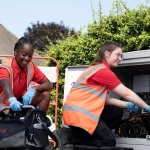

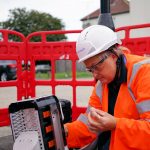
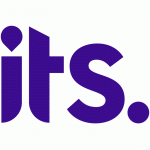

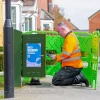

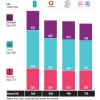








































Comments are closed